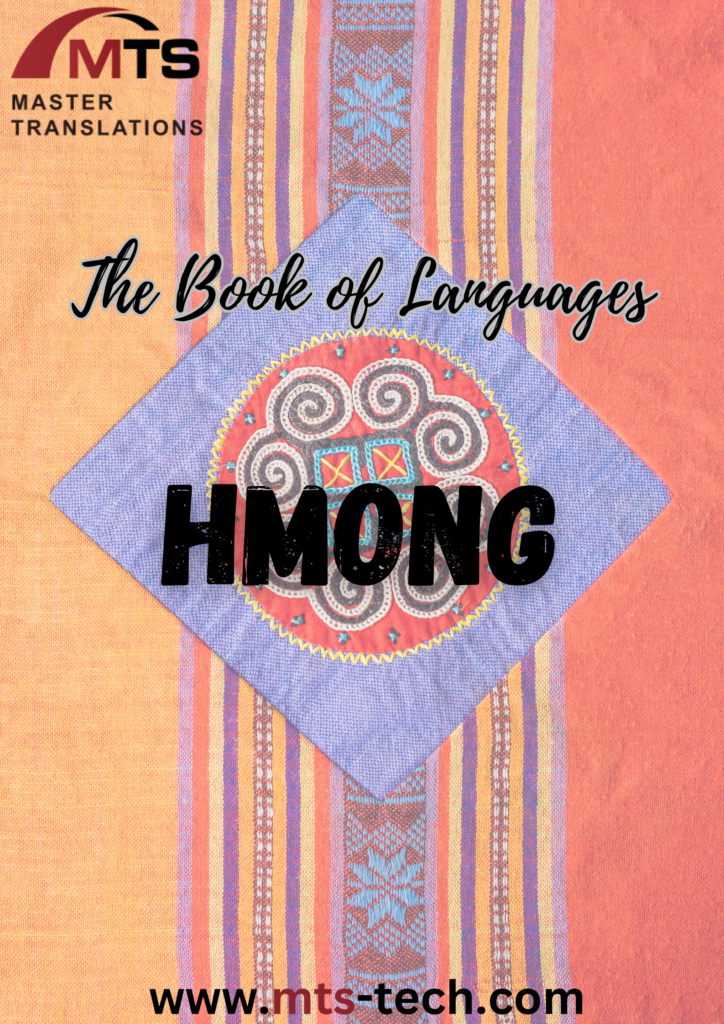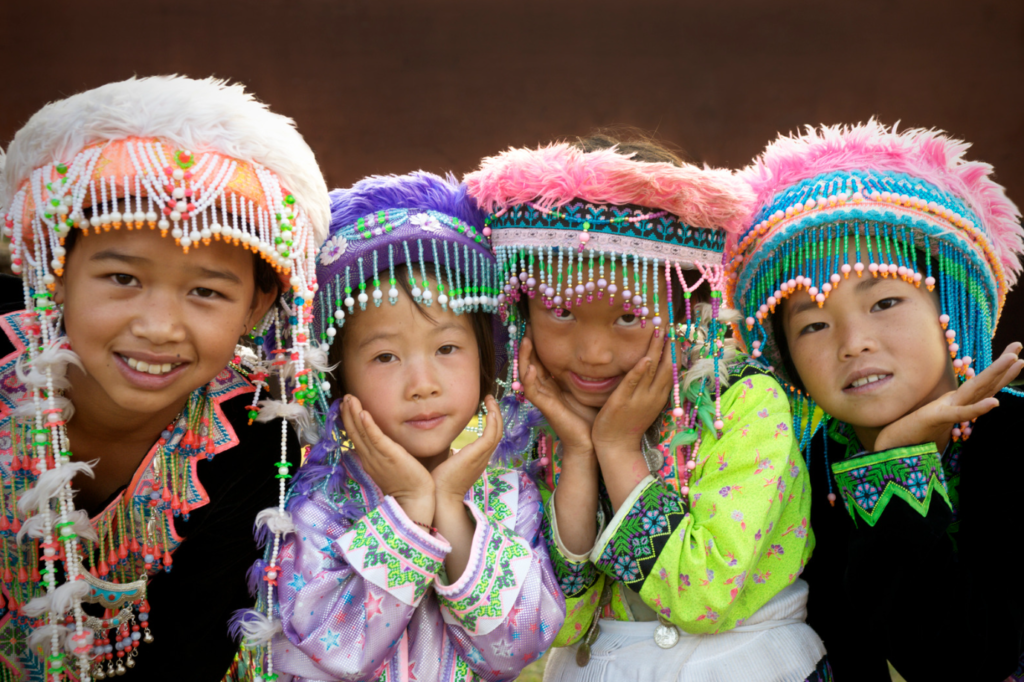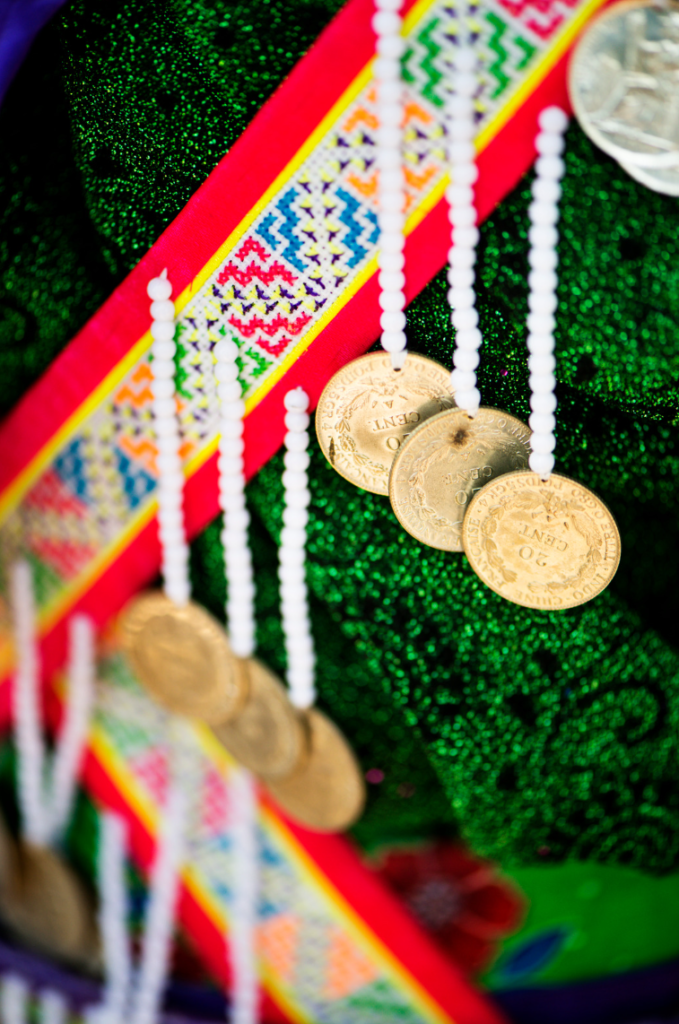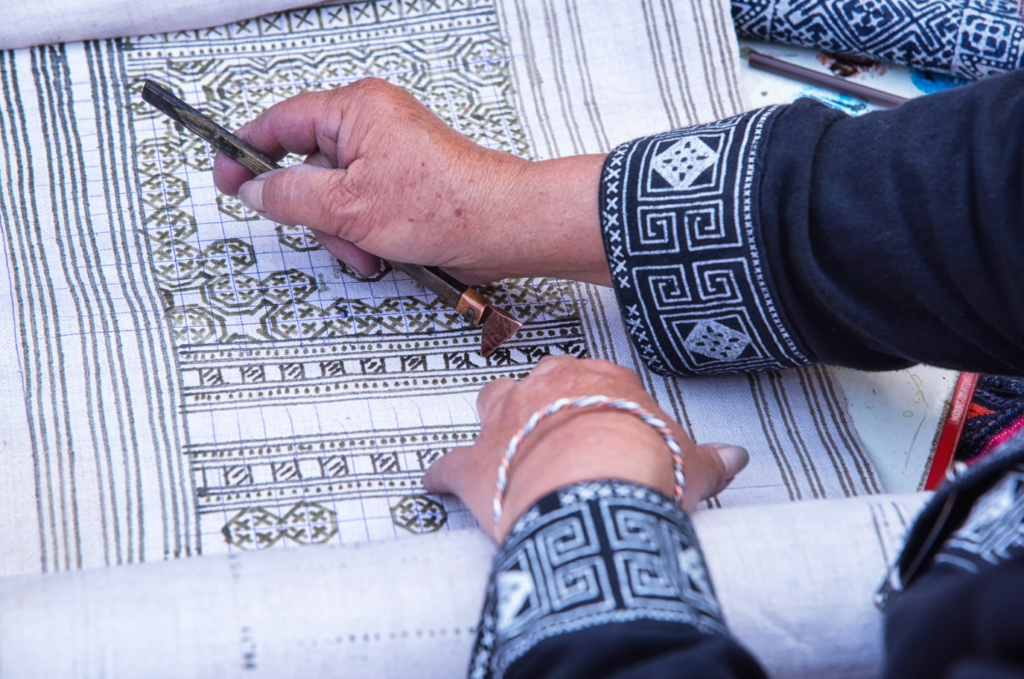
Among the languages living on our planet today, the Hmong language emerges as a vibrant thread. A member of the Hmong-Mien family, this language is predominantly spoken by the Hmong people residing in China, Vietnam, Laos, Thailand, and the United States. While many may not have heard of this rich linguistic tradition, its significance in the cultural sphere and its fascinating quirks make it a language worth exploring.
History

The roots of the Hmong language can be traced back to ancient China, where early records indicate the presence of the Hmong people in regions like Hunan and Guizhou. Over centuries, due to wars, migrations, and search for arable lands, they dispersed into Southeast Asian countries, bringing their unique language with them. Over time, this language split into various dialects, with Green (or White) Hmong and White (or Blue) Hmong being the most prevalent. The late 20th century witnessed a surge of Hmong refugees to the United States, further spreading the language to western shores.
Words!
The Hmong language, like all languages, possesses words that encapsulate unique cultural nuances. One such word is “Nuj Nplhaib,” which literally translates to “jungle chicken,” but is used colloquially to mean “pheasant.” Another intriguing word is “Ceeb,” meaning rice, a staple in Hmong cuisine and symbolic of sustenance and life. Lastly, “Xib Fwb,” pronounced as “shee foo,” stands for “matchmaker.” This word underlines the traditional importance of matchmakers in Hmong society, a role that is still recognized and respected today.
Peeling back the layers of the Hmong language, one discovers a treasure trove of interesting facts. Firstly, the language is tonal, with seven to eight tones in its various dialects, meaning that a word’s meaning can change depending on its pitch. Second, the Hmong written language has undergone numerous changes, with the Pahawh script, developed in the 1950s by Shong Lue Yang, being the most popular today. This script is unique because it was revealed to Shong Lue Yang in a series of dreams. Lastly, unlike many languages, Hmong places its verbs before its subjects, giving sentences a unique structure.


The Hmong language is an art form in itself. This is best exemplified in the oral traditions of the Hmong people. “Kwv Txhiaj” is a traditional Hmong song-poetry form, where singers weave intricate tales of love, heroism, and the human experience. Moreover, the language is deeply embedded in the intricate patterns of Hmong textiles, where motifs and designs often narrate folk tales, historical events, and daily life.
Starting the journey to learn Hmong presents its own set of unique challenges. The tonal nature of the language, with its slight variations in pitch dictating different meanings, can be tricky for non-native speakers to grasp. Furthermore, the structure of Hmong sentences, which differ from the familiar subject-verb-object order found in English, requires a significant shift in thinking. Yet, like any rewarding endeavor, mastering Hmong not only grants one the ability to communicate but also provides a window into a rich and diverse culture.
